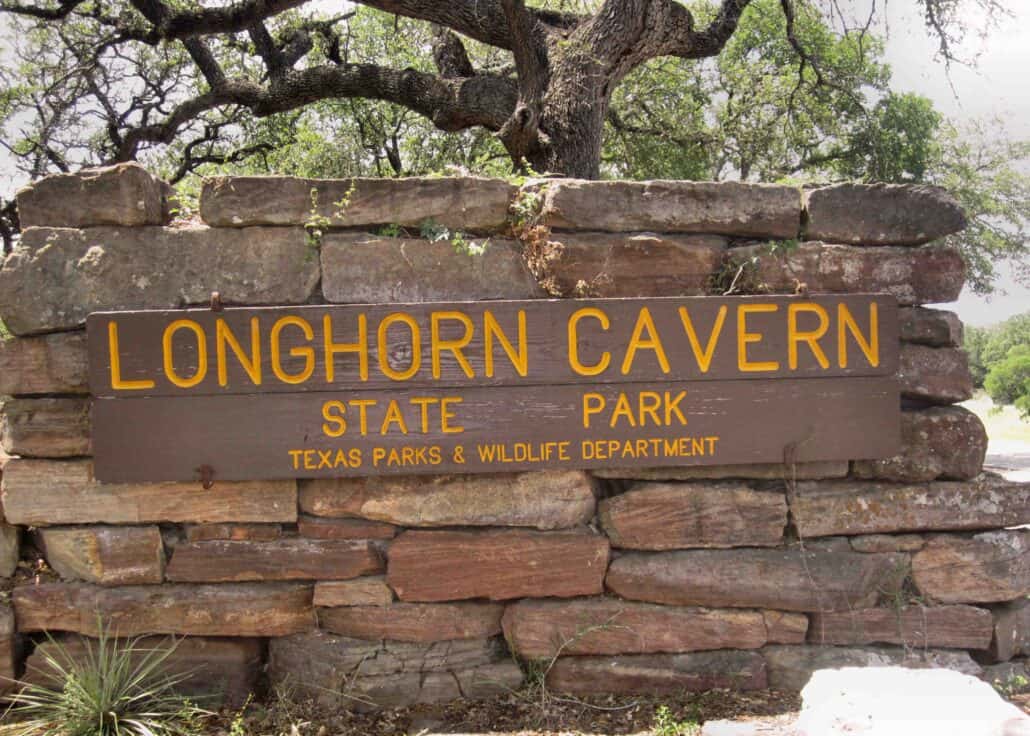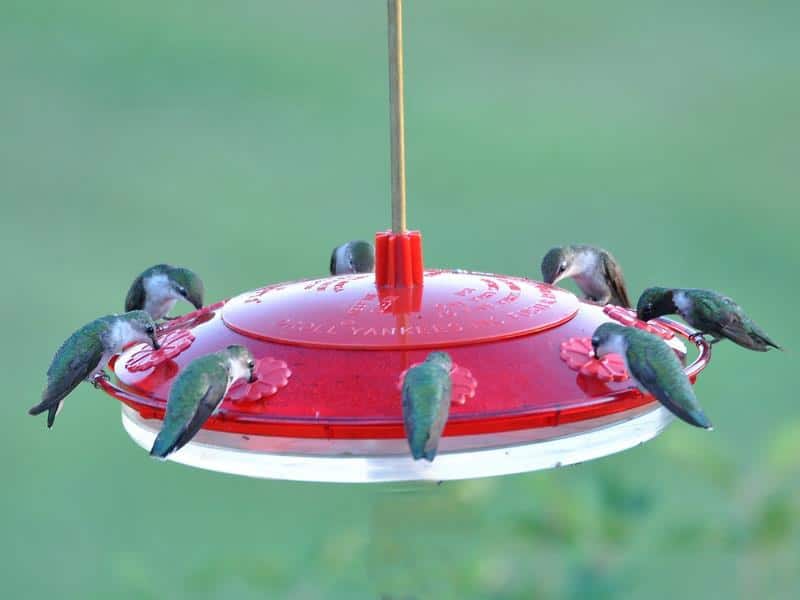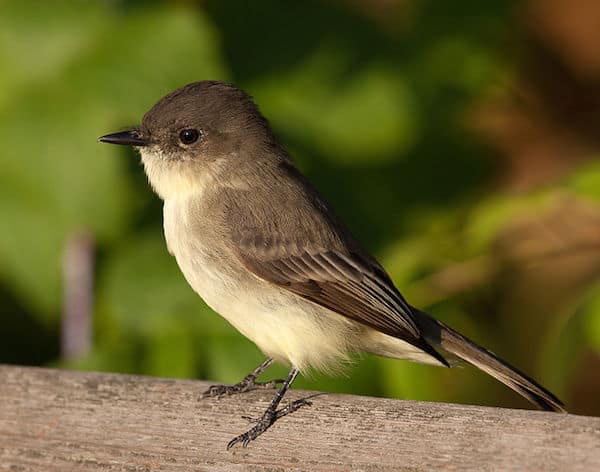Rare birds, prehistoric times, outlaw legends, and dance halls!
Where can birders glimpse rare species, stand in the belly of million-year-old geology, hear tales of Civil War gunpowder caches and outlaw treasures, and listen to music from a 1920s dance hall? Longhorn Cavern State Park on and under the Edwards Plateau region of Central Texas is probably the only place on Earth to offer such eclectic opportunities.
BIRD TRAILS
Longhorn Cavern State Park is 645 acres in Burnet County with four main nature and hiking trails through the Hill Country of Texas. Lengths of the loop trails are from .2 mile to 1.1 mile and are rated easy to moderate.
BIRD HIGHLIGHTS
- Golden-cheeked warbler (Texas specialty, endangered species)
- Black-capped vireo (Texas specialty, endangered species)
- Lazuli, indigo, and painted buntings
- Ruby-throated, black-chinned, and rufous hummingbirds
- Scissor-tailed flycatcher
- Western kingbird
- Red-eyed vireo
- Purple martin
- Cliff, cave, barn, and bank swallows
- Carolina and Bewick’s wrens
- Ruby-crowned kinglet
- American pipit
- Rufous-crowned, chipping, lark, Lincoln’s, and white-crowned sparrows
- Summer tanager
- Orchard oriole
- more than a dozen more warblers and sparrows, along with multiple woodpeckers, wrens, and flycatchers (with a little luck)
Download a complete combined Field Checklist for Longhorn and Inks Lake State Parks.
ECO-NOTE

In the nearby Balcones Canyonlands National Wildlife Refuge, habitats are managed for the golden-cheeked warbler and black-capped vireo. The former species requires oaks, Ashe juniper, elms, and other mature trees for nesting; and the vireo needs mid-successional shrub. The Refuge protects 4,223 acres of the warbler’s habitat and 1,482 acres of the vireo’s ecosystem.
This plateau of 35,000 square miles is made up of elevated landforms with caves honeycombed underneath and the Edwards Aquifer deeper still, providing billions of gallons of fresh water for people and wetland habitats.
In addition to the area’s environmental importance, Longhorn Cavern is rich with history—some factual and some legendary. Gunpowder was made from the cave’s bat guano; and Confederate troops used the underground location to produce and store the explosive during the Civil War.
In the late 1800s, the temptation for banditry was too much for some folks on the open frontier. Train, stage, and bank robberies were all too common; and the famous outlaw Sam Bass supposedly stored over $2 million in gold and ill-gotten-gains somewhere in the cave. This is the ‘legend’ part.
By the 1920s, the larger rooms in the cavern had wooden floors, and welcomed visitors for dance parties (think: prohibition gin joint), meetings, and even church services. Check the schedule, and plan your visit to enjoy local musicians who still perform in this most unusual venue. The acoustics are remarkable!
MUST-SEE
Longhorn Cavern: Cut and formed from water’s impact on limestone over hundreds of millions of years, this destination is accessed with a guided tour. There are three types: walking, photography, and wild cave. Yes, you will get good and muddy for the latter one. Also, take the time to view the park structures built from locally sourced materials as part of the New Deal CCC projects in the late 1930s.
WHERE TO STAY
This State Park is a day use facility with picnic areas. For camping, visit nearby the sister park, Inks Lake State Park, only six miles away. While there, take an eagle birding tour on Lake Buchanan. Hotels and private lodging can be found within a 10- to 15-minute drive to Burnet, Kingsland, and Marble Falls, Texas.




